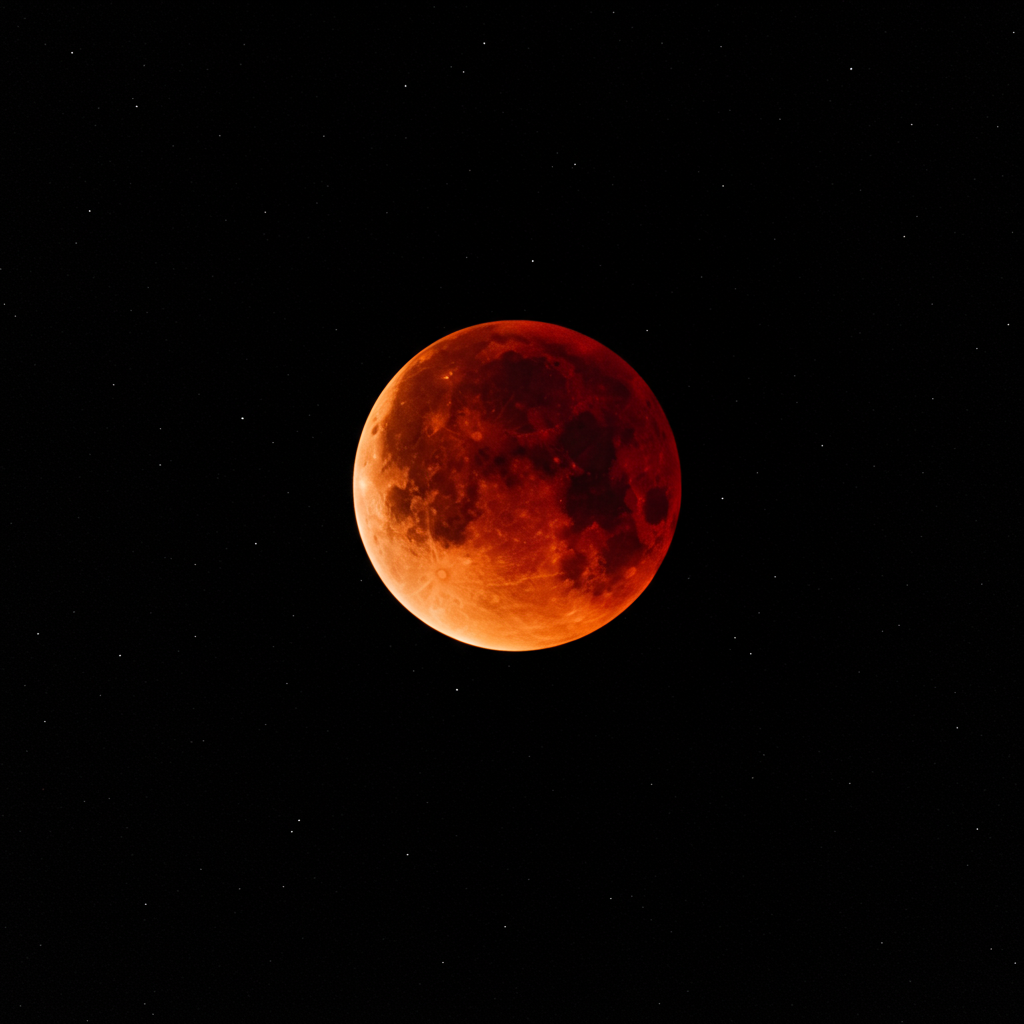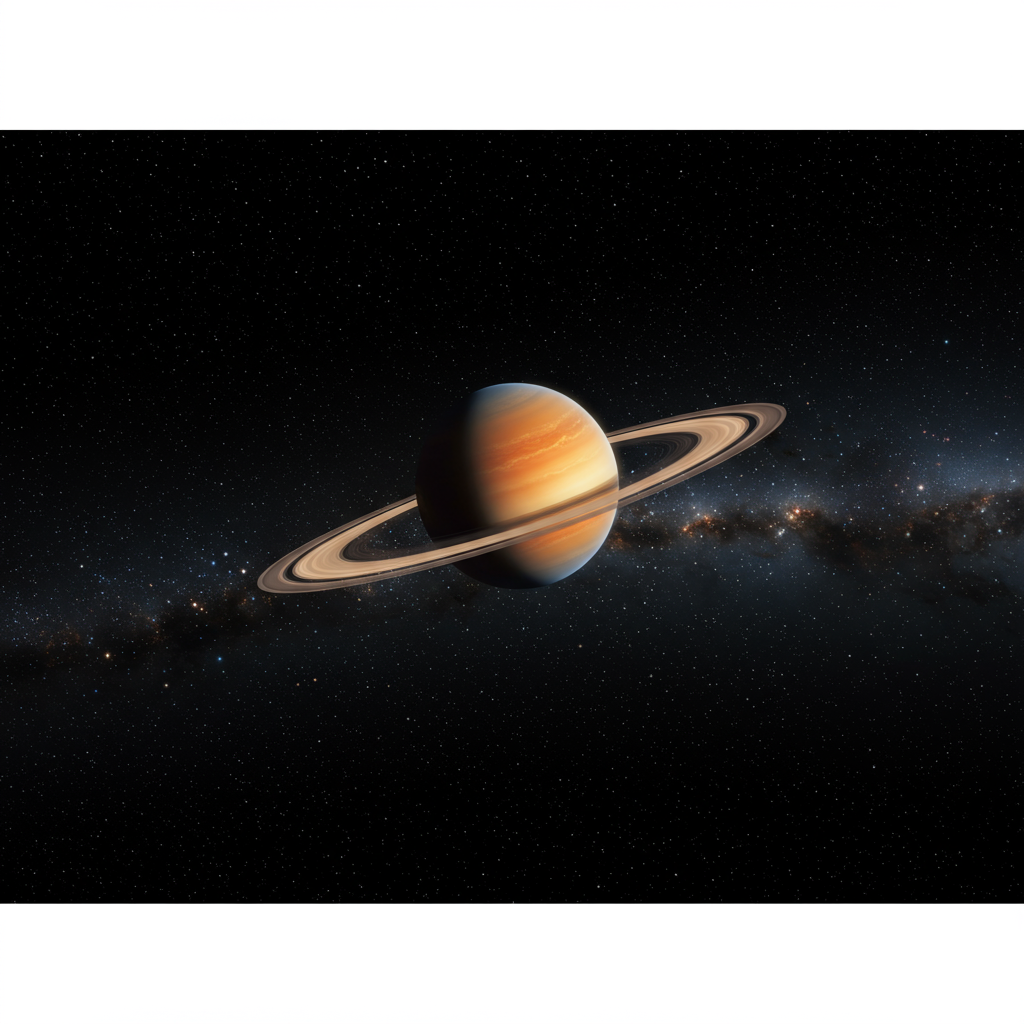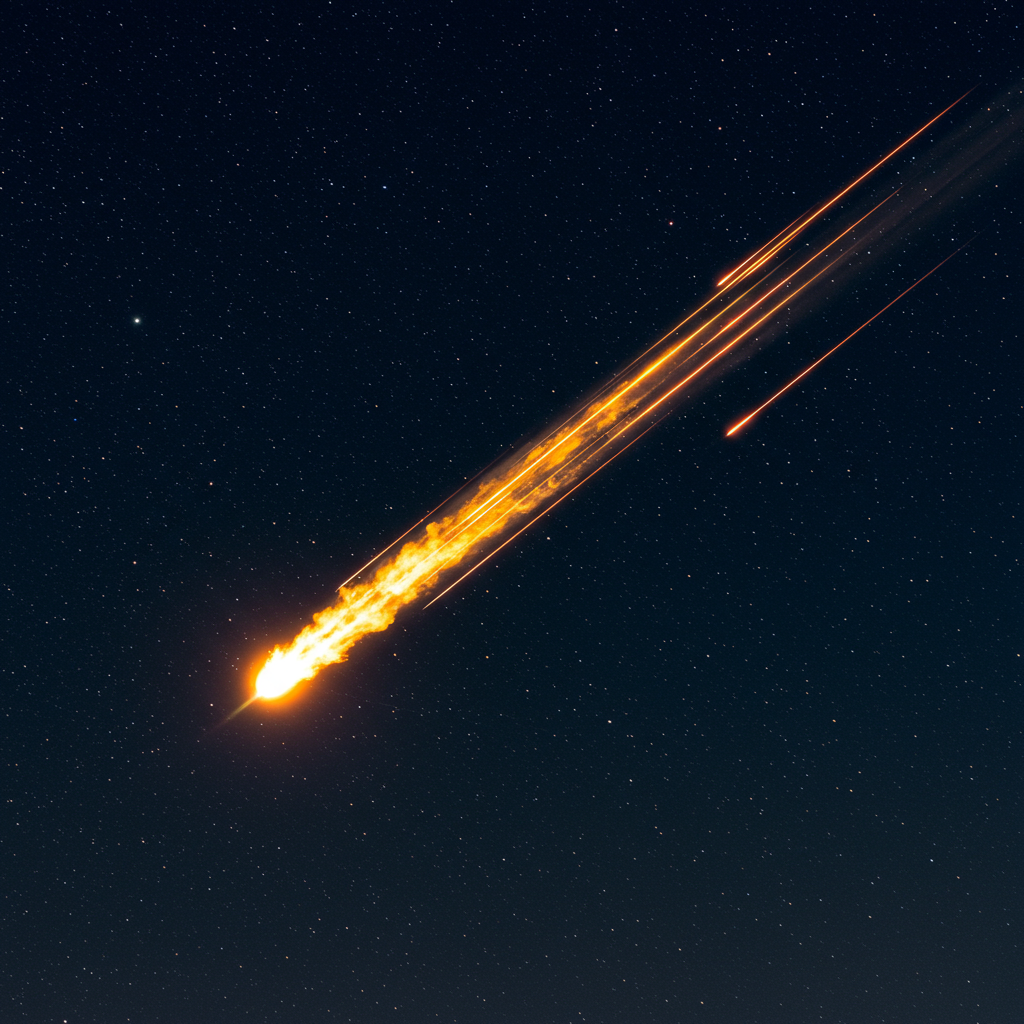Prepare for a spectacular celestial show as the second total lunar eclipse of 2025, famously known as a “blood moon,” graces the night sky. On September 7–8, billions across Asia, Australia, Africa, and Europe will witness the full moon transform into a dramatic coppery-red orb. This comprehensive guide provides all the essential details on when and where to best observe this impressive astronomical event, helping you plan your stargazing experience.
Unpacking the September 2025 Blood Moon Lunar Eclipse
A total lunar eclipse occurs when Earth perfectly positions itself between the sun and the moon, casting its shadow directly onto the lunar surface. What makes this event so captivating is the moon’s striking transformation. Instead of disappearing, the moon takes on a vibrant rusty orange or deep red hue, earning it the moniker “blood moon.”
This unique coloration happens because Earth’s atmosphere filters sunlight. As sunlight passes through our planet’s atmosphere, blue and green wavelengths are scattered away. The longer, red and orange wavelengths, however, bend and project onto the moon. It’s like watching all the world’s sunsets simultaneously illuminate our lunar neighbor. Unlike a solar eclipse, a lunar eclipse is entirely safe to observe with the naked eye, binoculars, or a telescope.
The “Corn Moon” Eclipse: Key Dates and Times
This September full moon is traditionally known as the “Corn Moon,” reflecting its appearance during the peak of crop harvests in the Northern Hemisphere. While some sources might associate it with the “Harvest Moon,” the official Harvest Moon for 2025 actually falls later, on October 7. The September 2025 total lunar eclipse is set to unfold on the night of September 7–8, 2025.
The moon will reach its full phase on Sunday, September 7, at 2:10 p.m. EDT. For those in viewing regions, the entire eclipse event, including the subtle penumbral and partial phases, will span an impressive five hours and 27 minutes. The most dramatic phase, totality, when the moon is fully immersed in Earth’s darkest shadow (the umbra), will last for a remarkable 82 minutes, from 17:30 to 18:52 GMT (or 1:30–2:52 a.m. local time in Perth, and 2:30–3:52 a.m. in Tokyo).
Where to Witness the September 2025 Blood Moon: A Global View
Visibility for this rare celestial spectacle will vary significantly by geographic location. Billions of people across multiple continents will have a chance to see at least some portion of the event.
Prime Viewing Zones: Asia and Western Australia
Skywatchers in Asia and Western Australia are perfectly positioned to experience the entire total lunar eclipse from its subtle beginnings to its dramatic conclusion. These regions will enjoy the longest and clearest views, allowing observers to witness the moon’s gradual color shift into a deep red. If you’re in cities like Perth or Tokyo, prepare for an early morning astronomical treat.
Excellent Visibility: Eastern Australia, New Zealand, Africa, and Middle East
Observers across Eastern Australia, New Zealand, Africa, and parts of the Middle East will also be treated to most phases of this impressive eclipse. While they might miss the initial subtle penumbral phase, they will still see the moon transform into a coppery-red “blood moon” for a significant duration. Clear skies will enhance the experience in these regions.
Tricky Viewing in Europe: A Horizon Challenge
For much of Europe, the total lunar eclipse will already be in progress as the moon rises above the eastern horizon. This means the blood-red moon will emerge already darkened, creating a dramatic but potentially challenging viewing scenario. Eclipsed moons appear dimmer than their full, uneclipsed counterparts. Therefore, a clear, unobstructed view low to the eastern horizon will be absolutely crucial to catch this lunar show. For example, in Berlin, the moon rises at 7:37 p.m. CEST as totality begins. In London, moonrise is at 7:30 p.m. BST, shortly after totality has been reached. Western Europe will generally see less of the eclipse as the moon rises later into the event.
Missing Out: The Americas
Unfortunately, observers in North and South America will not be able to see the September 2025 total lunar eclipse. During the eclipse, the Americas will be on the day side of Earth, meaning the moon will be below the horizon or obscured by daylight. While they will see the full “Corn Moon” rise beautifully on the evening of September 7, it will not be eclipsed.
What to Expect: The Science Behind the Red Hue
As the moon enters Earth’s darkest shadow, known as the umbra, its bright silver glow will gradually deepen to a rich, coppery red. Because this is a relatively “deep” eclipse, meaning the moon passes well within the center of Earth’s shadow, expect the moon to appear darker than usual. It might glow a rusty orange or even a profound brown-red, offering a truly unique visual experience. Remember, no special equipment is needed to safely enjoy this stunning natural phenomenon.
Looking Ahead: North America’s Next Blood Moon
For skywatchers in the Americas disappointed by missing the September 2025 event, there’s good news on the horizon. The next total lunar eclipse visible from North America is scheduled for March 2–3, 2026. This event will also be observable from Australia and East Asia, with its epicenter over the Pacific Ocean.
The March 2026 “blood moon” will see the lunar surface turn reddish for 58 minutes during totality. For North American viewers, the farther west you are, the better your view will be, as the moon will appear higher in the sky. While eastern regions like New York might only catch a short totality near moonset, areas west of Kansas, including California, Oregon, Washington, Alaska, and British Columbia, are set for prime viewing. The desert southwest (southern California, Arizona, and New Mexico) and Hawaii often offer reliably clear skies in March, making them excellent locations for optimal viewing.
Beyond the Eclipse: Other Celestial Wonders of 2025
The September 2025 blood moon is just one highlight in a busy astronomical year. This full moon is the ninth of twelve full moons scheduled for 2025. Additionally, the year features three “supermoons” and two “blood moon” total lunar eclipses (this being the second).
Notably, the cyclical nature of eclipses often means they occur in pairs. Approximately two weeks after the September 7-8 lunar eclipse, a partial solar eclipse will take place on September 21, 2025. This solar event will be visible from New Zealand, the South Pacific, and Antarctica, offering another unique cosmic display for those in the right location.
Frequently Asked Questions
Why does the September 2025 full moon appear red during the eclipse?
The September 2025 full moon will turn a coppery-red during its total lunar eclipse due to Earth’s atmosphere. When Earth aligns between the sun and moon, it blocks direct sunlight. However, some sunlight still reaches the moon after passing through Earth’s atmosphere. Our atmosphere scatters blue and green light wavelengths, while red and orange wavelengths are bent and filtered onto the moon’s surface, creating the characteristic “blood moon” hue. This deep eclipse means a darker, more rusty appearance is expected.
Which regions will have the best views of the September 2025 blood moon lunar eclipse?
The best views of the September 2025 blood moon lunar eclipse will be from Asia and Western Australia, where skywatchers can see the entire event from start to finish. Good views, including most eclipse phases, are expected in Eastern Australia, New Zealand, Africa, and parts of the Middle East. For Europe, viewing will be tricky as the moon rises already eclipsed, requiring a clear, unobstructed view low to the eastern horizon. The Americas will unfortunately miss this particular event entirely.
When is the next opportunity for North American skywatchers to see a total lunar eclipse?
North American skywatchers who miss the September 2025 blood moon won’t have to wait too long for their next chance. The next total lunar eclipse visible from North America is scheduled for March 2–3, 2026. This eclipse will offer 58 minutes of totality and be best viewed from the western regions of North America, including California, Oregon, Washington, Alaska, and British Columbia, where the moon will be higher in the sky.
Don’t Miss This Celestial Spectacle
The September 2025 blood moon lunar eclipse promises to be a stunning and memorable event for billions worldwide. Whether you’re in a prime viewing location in Asia or Australia, or planning to catch a challenging glimpse in Europe, preparing in advance will ensure you make the most of this celestial show. Mark your calendars for September 7–8, 2025, find a spot with clear skies, and prepare to witness the beauty of our universe. For ongoing updates and more stargazing tips, keep an eye on astronomy news and resources.




